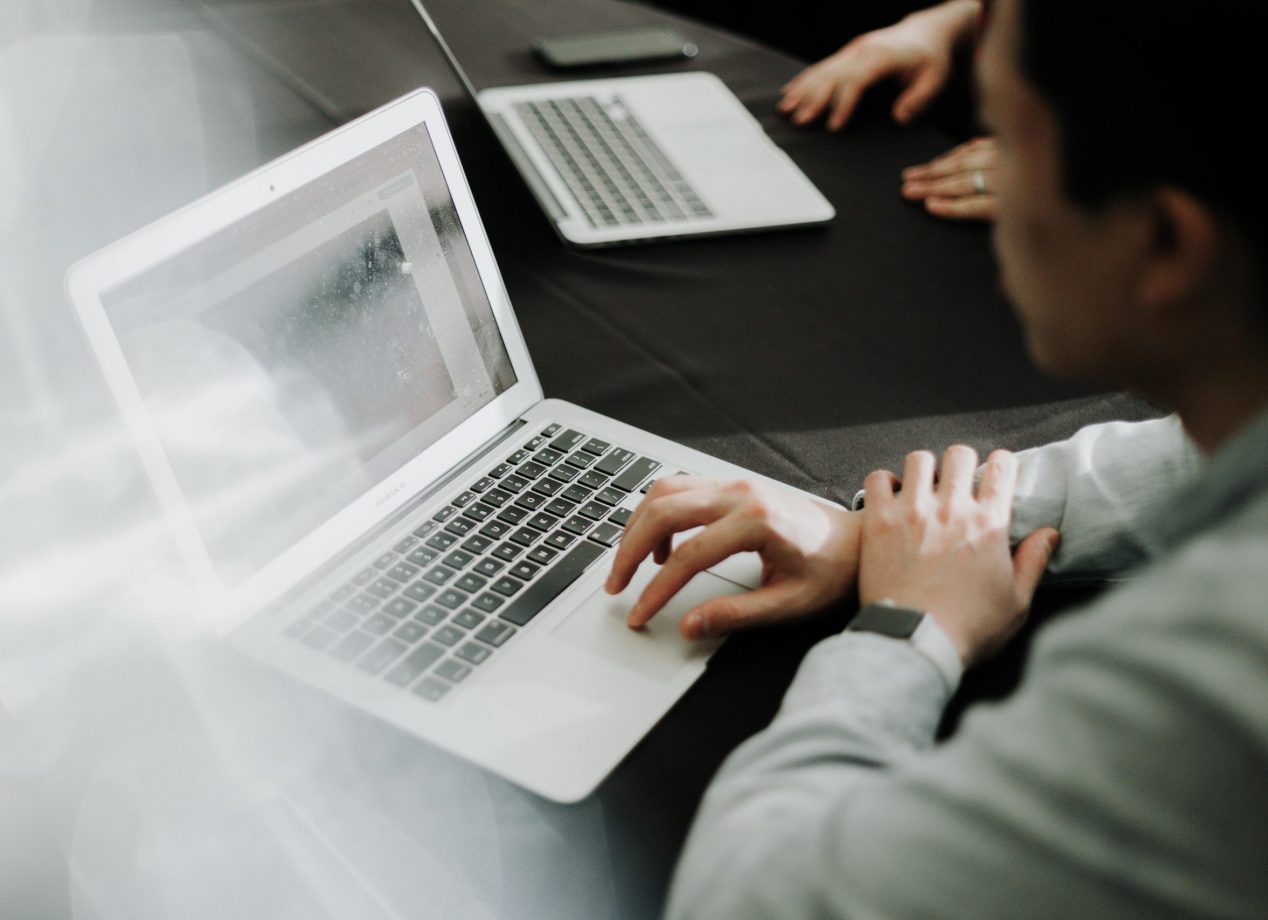Brendan Burns, graduate faculty in New York and Strategic Advisor to the Enterprise Studio, has used his 20+ year expertise in capitalizing on business trends, tapping into overlooked potential, and having foresight on the technological advances to educate Sotheby’s Institute students and advise them on investing in their future.
With an industry that is becoming more transparent transactionally, the art world’s distribution of economic value becomes broadly based with a potential secondary market for lower priced work and the revamping of the gallery model. In this changing landscape, the entrepreneur wants to assure that his students are ready for anything. “At Sotheby’s Institute our mission is to develop the next generation of leaders in the art industry,” Brendan says. “And students, they want to innovate. They want to be part of something that has not necessarily been done, but really driving the companies and organizations, not just for-profit by the way, but all organizations that will define what the future looks like.”
Burns alongside fellow faculty Jeffrey Boloten is at the helm of the Enterprise Studio, a global idea and a physical space in New York and London that will host year-long training and support for future entrepreneurs in the SIA Master’s programs, including a pitch competition in May 2022. “The mission of the Enterprise Studio is to expose aspiring art professionals to the best practices around innovation in a way that puts wind in the sails of their own ideas and their own creativity. So exposing them to those best practices, methodologies, and frameworks, and frankly, other people that are doing really interesting things, will result in the creation of new companies that we can’t even imagine today; new arts organization that bring artists and artwork to new audiences in a way that grows the overall industry.”
For Brendan, the art world is poised to evolve. “In many ways the art industry has been kind of a closed ecosystem. And most people who talk about it, talk about it as opaque, like a walled garden.” This is important when you consider Brendan’s history with internet marketing; in addition to faculty positions at Columbia Business School and Sotheby’s Institute of Art, in the late 90’s, Brendan was the founder of the pioneering Internet advertising company AdOne. It was here he understood the effects on how the internet would completely change the game for all industries worldwide. More recently, he applied these lessons and founded See.me, a global platform that helps identify emerging artists and create direct connections with aspiring collectors. Making note of the growth of social media over platforms like Pinterest and Instagram, he saw the need for artists to take advantage of the digital landscape, and to take a hold of their economic potential. “The creation of art is inherently entrepreneurial. It has an inspiration and they take an idea that is experiential or tangible or both. The reaction of the viewer or consumer who interacts may or may not have general economic value. So I got super fascinated by that potential.”
He especially focused on how even with the technological innovations the internet inspired, art was still prospering even with its limitations: Burns stated in 2007-08 the art industry brought in $38-40 billion of revenue. By 2019, the art industry rose to $67 billion. “Between that period and time frame, the vast majority came from increases in prices,” he says, attributing that increase came from asset value–not so much from expanding the consumer base: “In many ways, compared to other industries that have evolved over the last 20 years, parts of it are almost anti-consumer.”
This speaks to the exclusivity of the art industry as a whole. There is advantage to individuals or entities who have successfully invested in art, but this can leave little for the artists themselves, and to a greater extent the buyers and patrons they could reach.
Digital art provided a strong alternative to the art industry’s survival. In 2019, the global art industry fell in overall revenue, yet digital art doubled, from $6 billion to $12 billion. The pandemic forced the industry to reassess its availability in order to survive, with NFTs asserting themselves as a primary way to make transactions. Community, or investment in the artists themselves rather than the profit that comes from their art, propels this trend.
A big base of this boom is the aspect of discovery, which Brendan feels is a vital trend that art entrepreneurship can access. “As consumers we become accustomed to products like Netflix or Spotify,” with different preferences for family members using the same account curating their viewing experience using machine learning. “That does not happen with online art. There’s no uneven distribution of talent. Or uneven distribution of desire. But there is an uneven distribution of discovery.” With the newer generation of rising artists marrying technology with their ways of presenting their art they are able to establish their presence in the industry from virtually anywhere in the world.
With these new avenues that lead to artists’ discovery and establishment of their own entrepreneurial spirit, Brendan advises that in their journey they must be resilient, customer-centric, open, and intellectually curious. To succeed in the art world of the future, emerging leaders need to be “comfortable with being uncomfortable.” For Brendan, entrepreneurs must believe they are extraordinary people; ones that “don’t want to necessarily fit into the ways things have been done. They want to define and help drive progress and innovation where things should be.”
